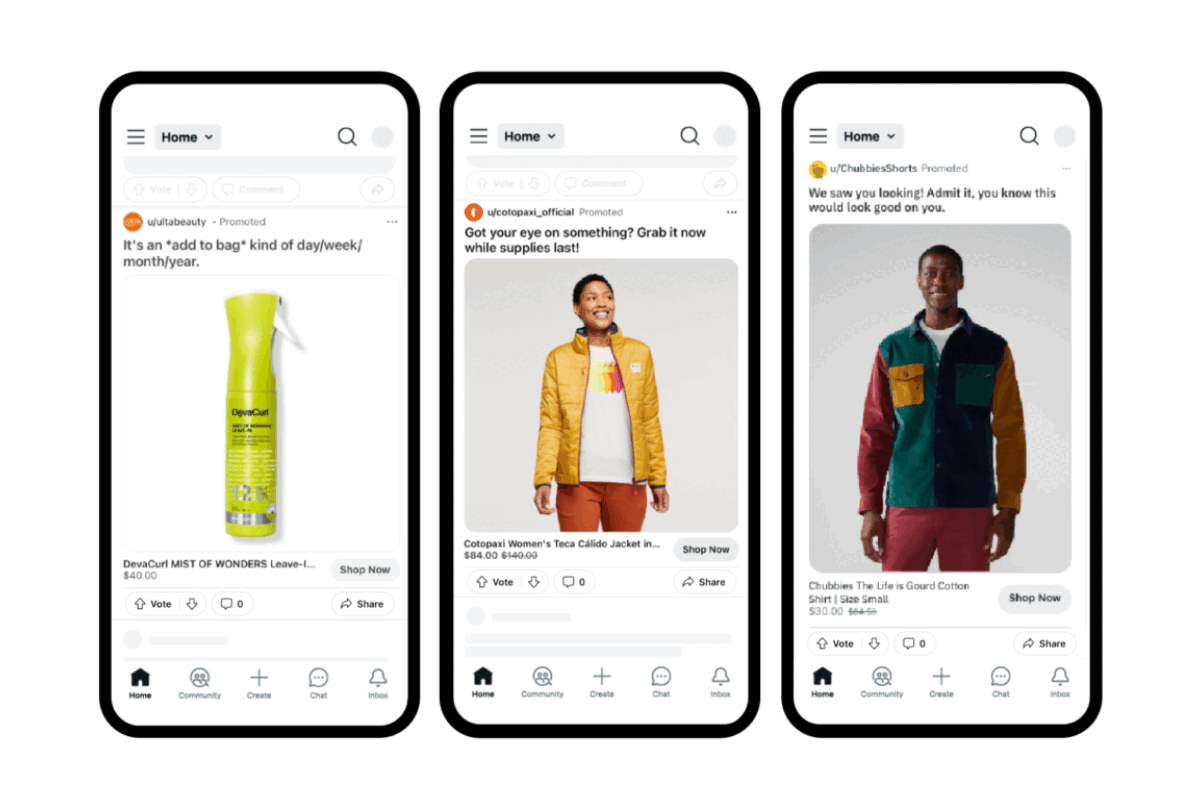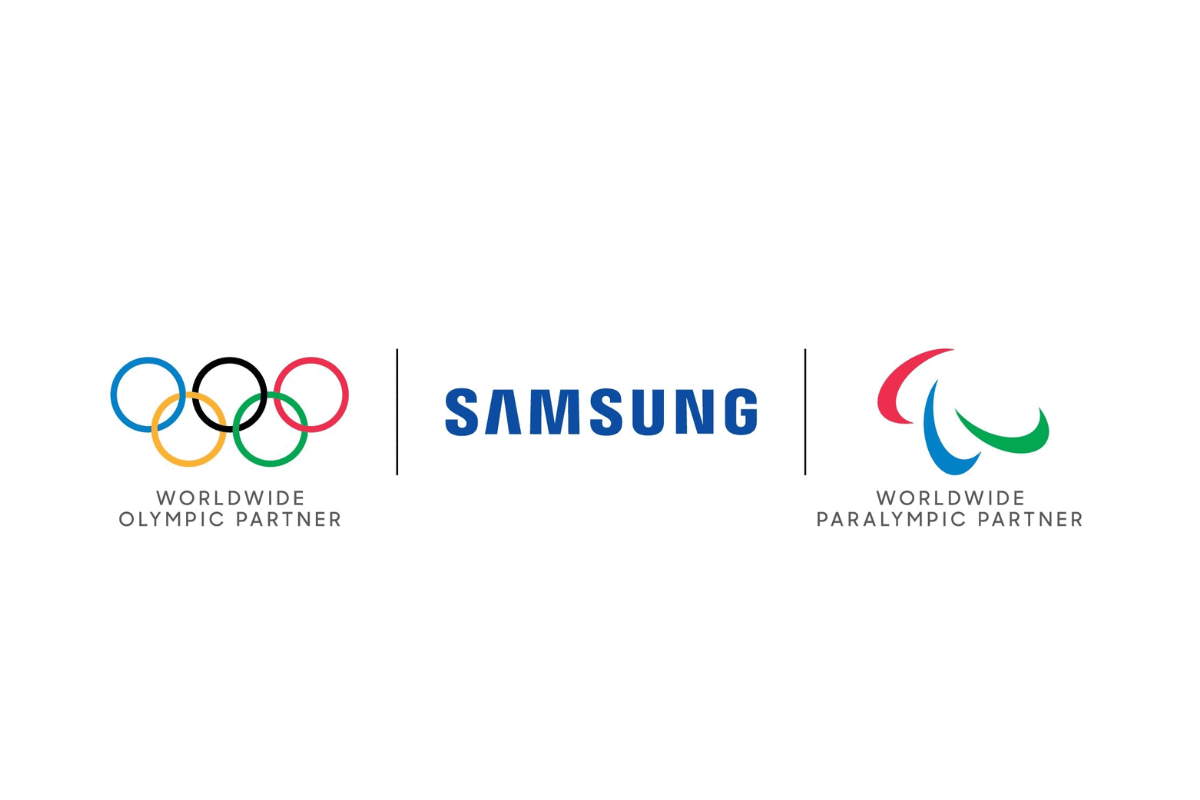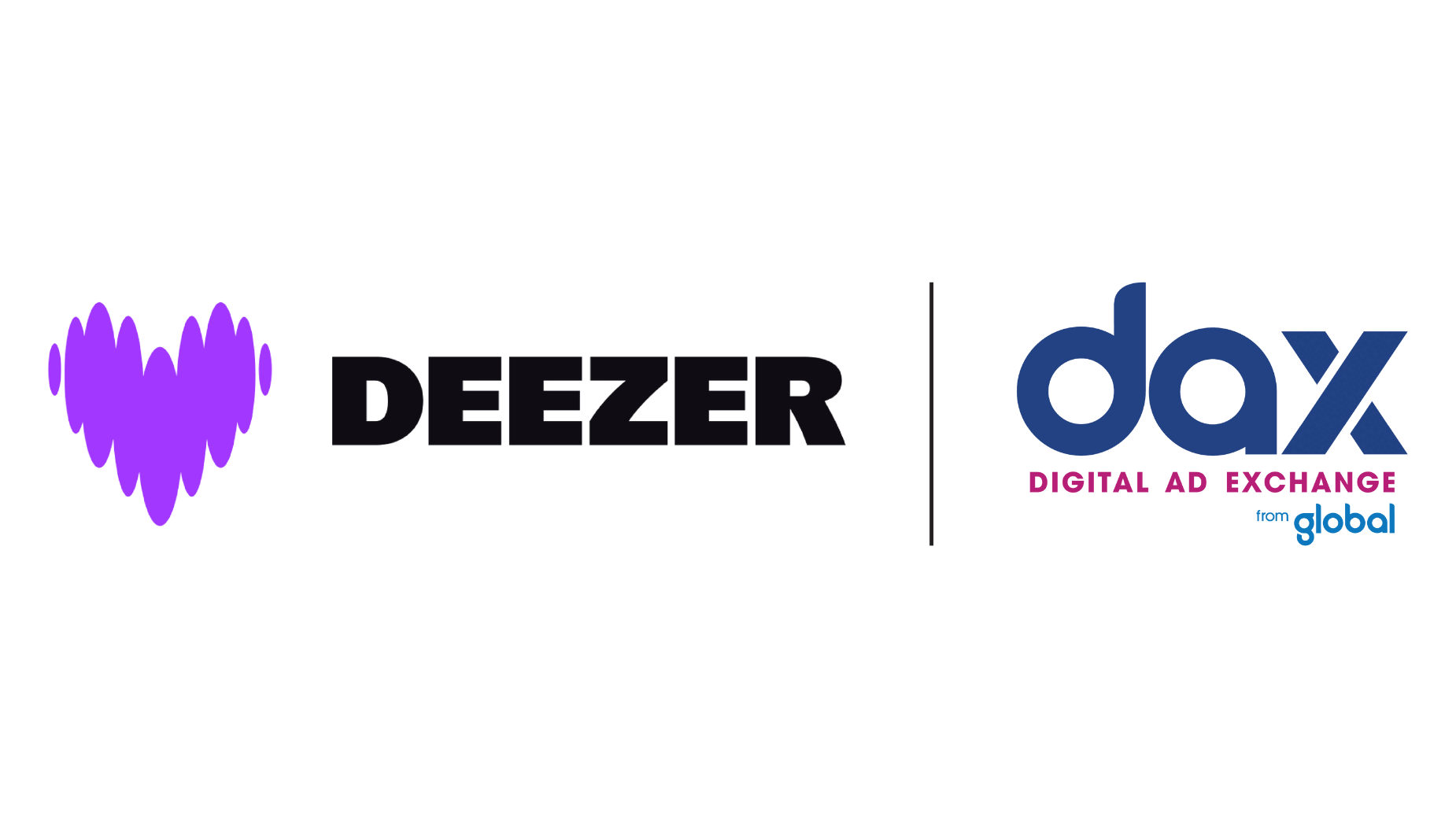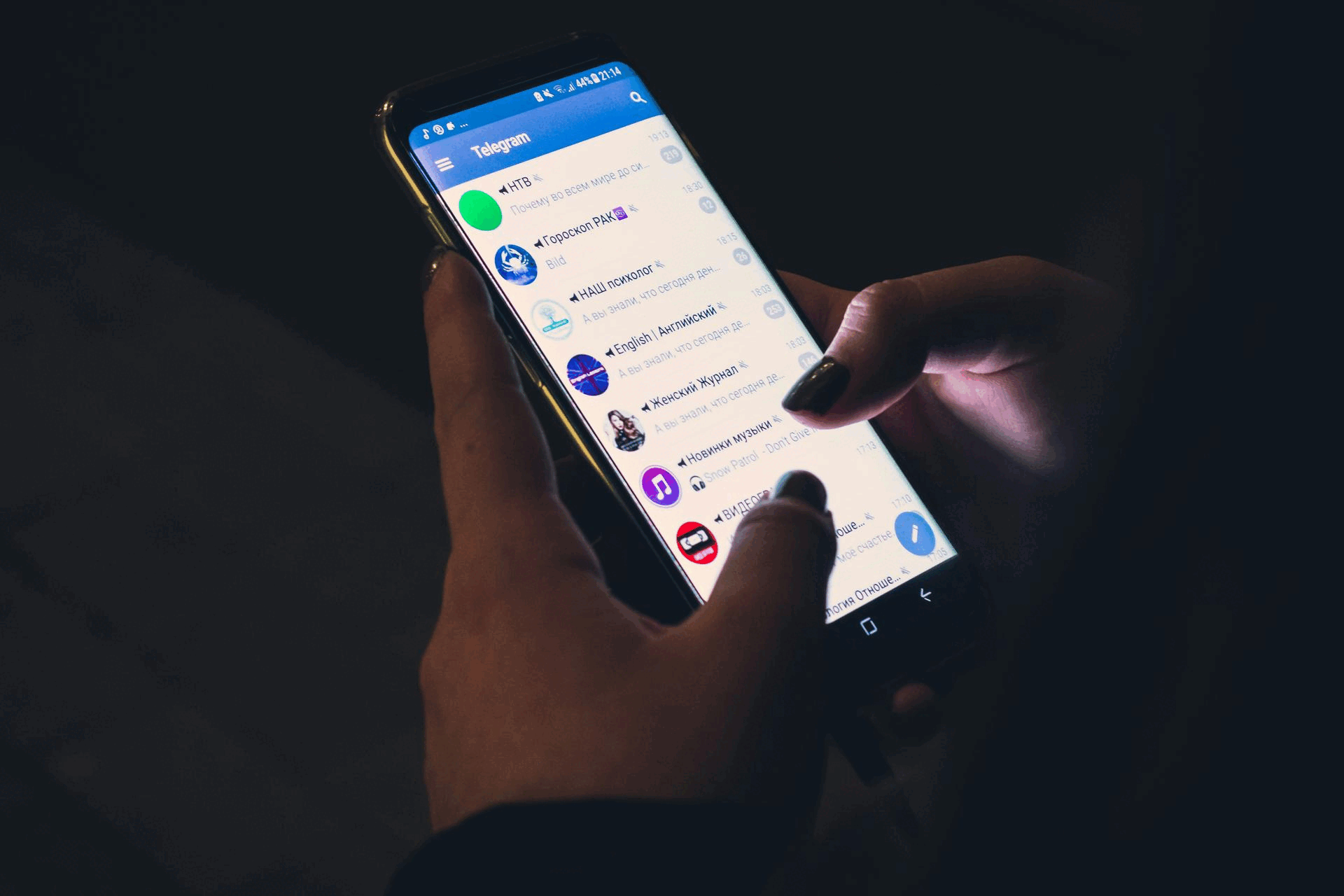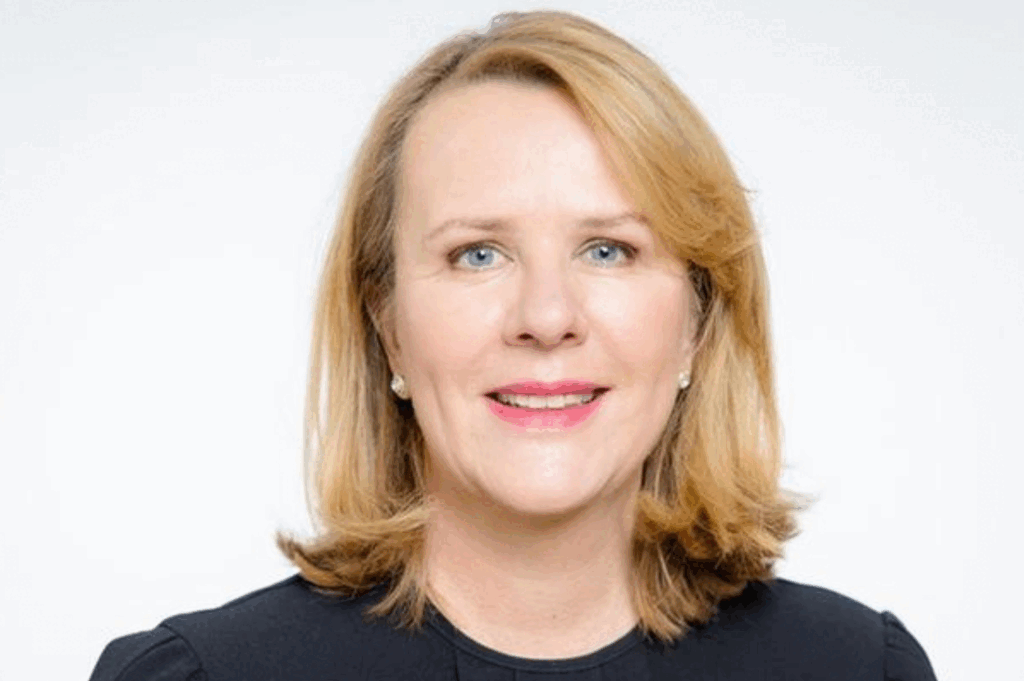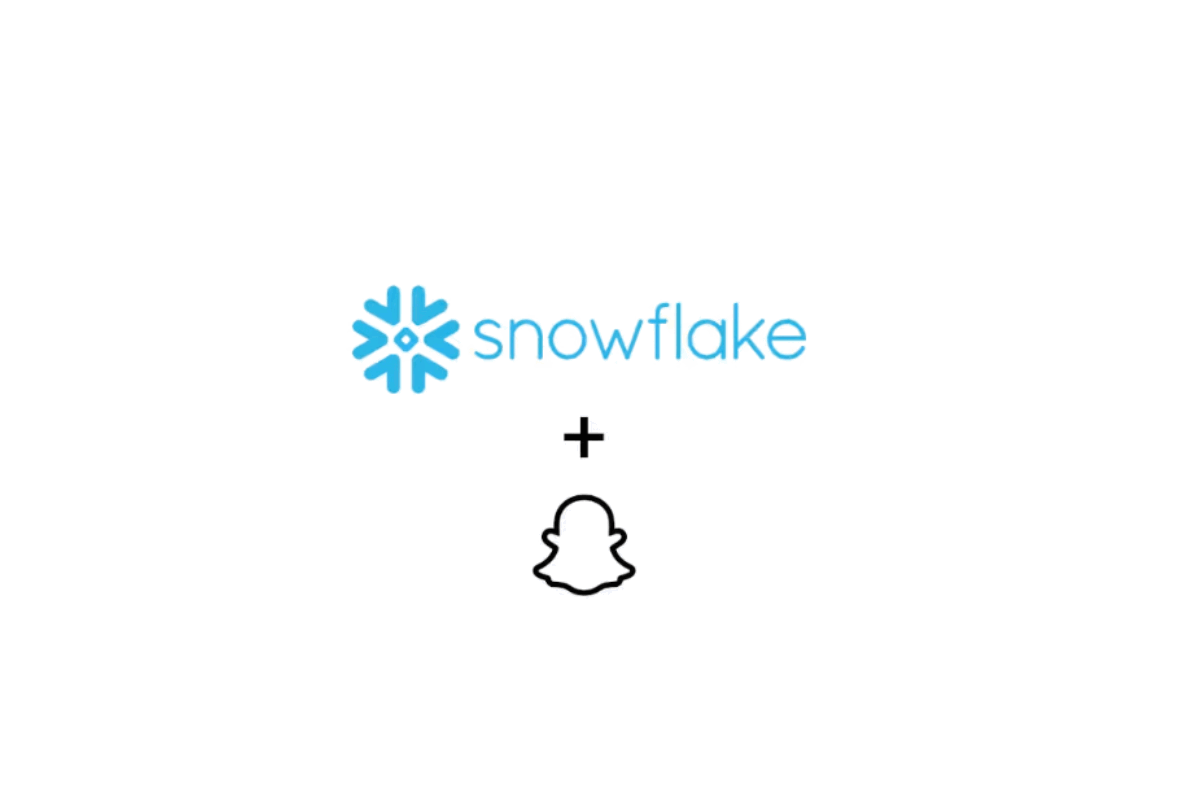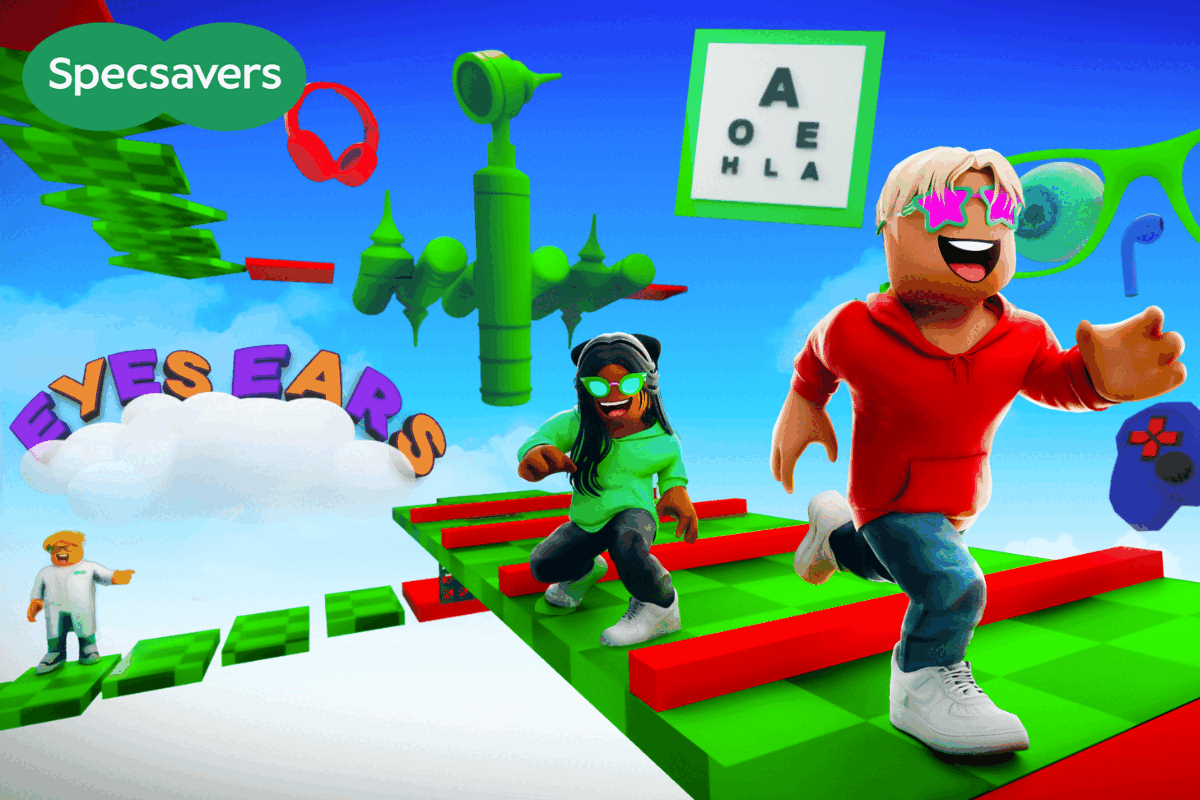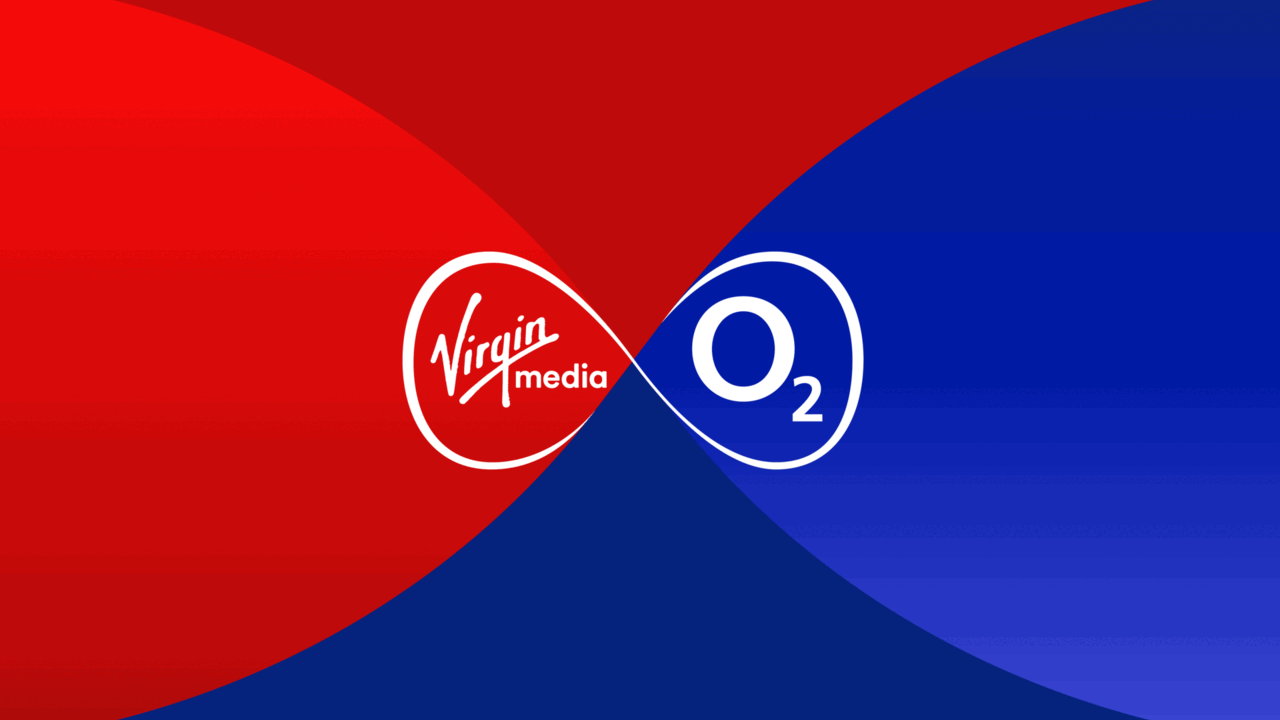Giga Initiative hits 1 million connected schools landmark
- Friday, October 29th, 2021
- Share this article:
 One year after Ericsson entered a global partnership with UNICEF to support the Giga Initiative’s school connectivity mapping efforts, the initiative has reached a major milestone in mapping the location and connectivity status of 1 million schools.
One year after Ericsson entered a global partnership with UNICEF to support the Giga Initiative’s school connectivity mapping efforts, the initiative has reached a major milestone in mapping the location and connectivity status of 1 million schools.
Giga – founded by UNICEF and the International Telecommunication Union (ITU) in 2019 – aims to connect every school to the internet by 2030, and every young person to information, opportunity, and choice.
Mapping schools is a key pillar of Giga as it helps provide an understanding of the scale of investment, actions and partnerships needed to bridge the digital divide and provide all school children around the world with access to digital learning opportunities.
Over the past year, Ericsson has provided funding and applied data science to help map internet coverage in schools across seven countries. Along with contributions from multiple partners, this has helped Giga accelerate the mapping work and pass the 1m school milestone. Under the partnership, Ericsson has committed to help map connectivity in schools across 35 countries by the end of 2023, supporting Giga’s ambition of mapping every school in the world.
Giga works on the premise that connecting schools to the internet is one of the most impactful ways of improving life chances. Through school connectivity, children have access to a wider pool of information and a range of learning style, and they receive a higher standard of education.
The improvement in learning and the understanding of technology which results from an internet-enabled education is vital to improving digital literacy and closing the digital divide. A workforce that has been educated to this higher standard is more likely to be innovative and foster ground-breaking ideas, leading to economic development and job creation.
The Economist Intelligence Unit (EIU) report – Connecting Learners: Narrowing the Educational Divide – sponsored by Ericsson in support of UNICEF, found that nations with low broadband connectivity have the potential to realize up to 20 per cent GDP growth by connecting schools to the internet, if access is affordable and accompanied by investment in skills, content and devices.
While progress has been achieved in the first year of the partnership, to meet this global challenge, collective action is needed. Ericsson is calling on internet service providers and political stakeholders to join Giga and donate their time and resources to accelerate the bridging of the digital divide.
Heather Johnson, Vice President, Sustainability & Corporate Responsibility, Ericsson, said: “According to the ITU, 369m young people dont have access to the internet and 260m children aged 5-16 receive no schooling. This results in exclusion and fewer resources to learn and limits future potential for many young people. Mapping schools is a crucial first step in connecting every school to the internet and every student to opportunity and choice.
This milestone of over one million schools mapped is a testament to the power of public private partnerships. It’s the first step to achieving universal school connectivity. But there is more to be done and the industry must come together to play its part in closing the digital divide.”






